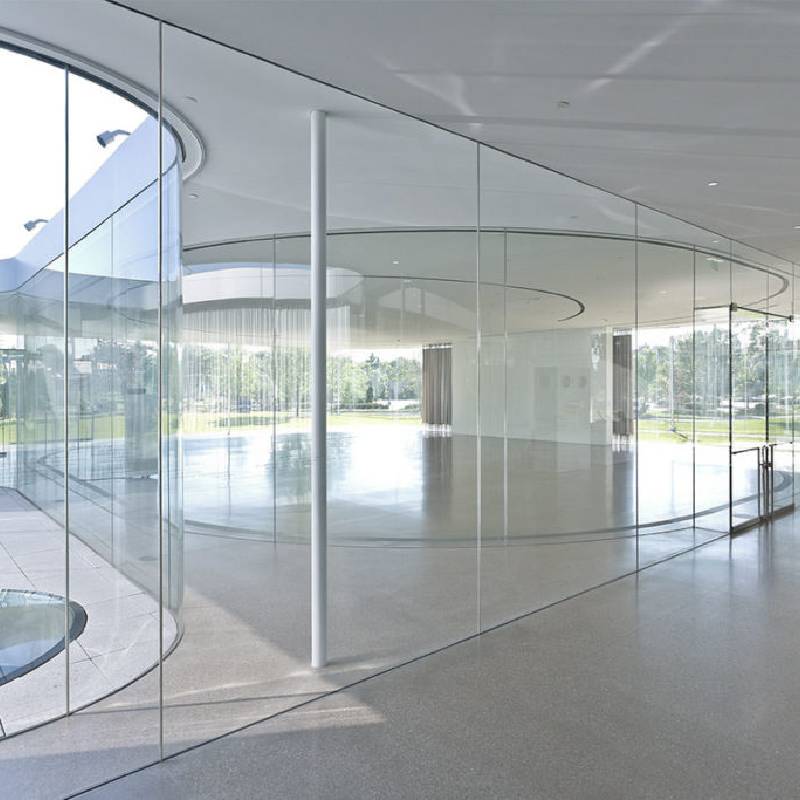

The Advantages of Insulated Tempered Glass A Comprehensive Overview
In today’s world, energy efficiency and comfort are paramount concerns in architectural design. One of the innovative materials that have gained significant traction in this regard is insulated tempered glass. This type of glass combines safety, durability, and energy efficiency, making it an ideal choice for both residential and commercial buildings. In this article, we will explore the features, benefits, and applications of insulated tempered glass.
What is Insulated Tempered Glass?
Insulated tempered glass is a type of glass that is both heat-treated and sealed in a dual-panel configuration. The process of tempering involves heating the glass to high temperatures and then rapidly cooling it, which increases its strength and makes it much more resistant to breaking compared to standard glass. The insulation aspect comes from the space between the two panels of glass, which is often filled with inert gas, such as argon or krypton, to enhance thermal efficiency. This combination results in a product that not only withstands physical forces but also minimizes heat transfer.
Energy Efficiency
One of the most significant advantages of insulated tempered glass is its energy efficiency. Traditional single-pane glass can contribute to considerable energy loss in buildings, leading to higher heating and cooling costs. In contrast, insulated tempered glass effectively reduces thermal transfer, keeping interiors warm in the winter and cool in the summer. This energy efficiency can lead to significant cost savings on energy bills and also contributes to a more sustainable environment by reducing the overall energy consumption of a building.
Enhanced Safety and Durability
The tempering process increases the strength of the glass dramatically, making it five to six times stronger than regular glass. This added durability makes insulated tempered glass a safer choice, especially in high-traffic areas or locations prone to severe weather conditions. In the event of breakage, tempered glass shatters into small, blunt pieces rather than sharp shards, reducing the risk of injury. This feature is particularly advantageous in applications such as schools, hospitals, and public buildings where safety is a primary concern.

Noise Reduction
Another notable benefit of insulated tempered glass is its ability to reduce noise pollution. The space between the two panes acts as a sound barrier, significantly decreasing the amount of external noise that enters a building. This is beneficial for urban environments where noise can be a significant concern. For residential applications, families can enjoy a quieter living space, while businesses can create a more conducive working environment.
UV Protection
Insulated tempered glass often comes with additional coatings that provide UV protection. This feature helps prevent harmful ultraviolet rays from entering the building, protecting interior furnishings, artwork, and floorings from fading and damage over time. This quality is particularly beneficial for businesses that rely on showcasing products or for homes filled with valuable decor.
Versatile Applications
The versatility of insulated tempered glass allows it to be used in various applications. It is commonly found in windows, doors, skylights, and curtain walls for both residential and commercial building projects. Architects and builders often choose this glass for its aesthetic appeal, combining modern design with practicality. The array of finishes and tints available allows for customization, enabling architects to achieve specific visual effects while maintaining functionality.
Conclusion
Insulated tempered glass offers a multitude of advantages, making it an attractive option for anyone looking to enhance the energy efficiency, safety, and aesthetic appeal of a building. With its ability to reduce heat transfer, provide superior strength, mitigate noise, and protect against UV rays, this innovative material is a wise investment for modern architecture. As sustainability continues to be a pressing concern, the use of insulated tempered glass is likely to increase, paving the way for a future where energy-efficient buildings dominate our skylines. Embracing this technology not only helps in reducing energy consumption but also contributes to the comfort and safety of occupants. Whether for residential homes or commercial spaces, insulated tempered glass emerges as a clear winner in the quest for efficiency and design excellence.